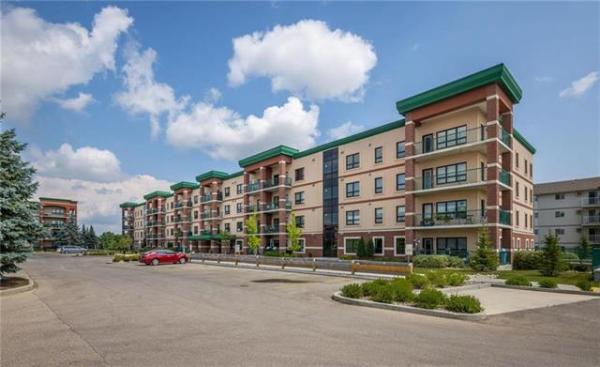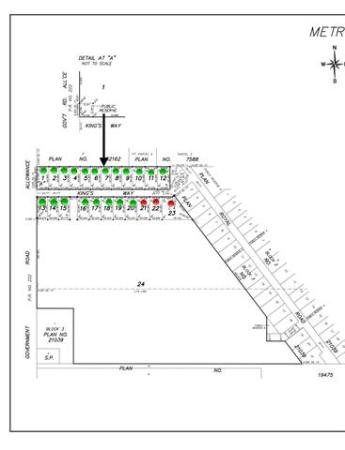Question: I have been researching this subject and came across your article on the subject. I live in Alberta and have what is referred to as a poor man’s HRV. It’s a switch located next to the thermostat, which I was told when turned on would circulate the air within the house and help warm up the basement as it draws warm air in winter and vice versa in summer. My house is 16 years old and there is a Lennox gas furnace and no central air. I leave the switch on during the winter months. Information on the internet is conflicting.
Do you have any advice you can share with me? I don’t want to use electricity needlessly.
Elizabeth Harley, Spruce Grove, Alberta.
Answer: Running your furnace fan continuously should help equalize uneven temperature differentials between various levels in your home. This won’t take the place of an HRV, but may help prevent mould growth and moisture issues due to stagnant air, as well as warm up a cool basement, slightly.
Without seeing the switch installed near your thermostat, I would guess that it simply turns on your furnace fan to run continuously. This would normally be set for a lower speed if it was integral to your thermostat, but may be set at a higher speed with the current switch. This is likely a throw-back to a time when older furnaces had simple thermostats that did not have a fan control setting. It was probably installed primarily to help push cold, basement air through the main living area. It may have been installed to help warm the basement in the winter, but could have been just as effective to prevent damp, cold air from stagnating in the lower level on hot summer days.
To compare this in any way, shape, or form with a heat recovery ventilator (HRV) is a gross exaggeration. That modern device will also move air continuously through the home through your heating ducts, as well as its own integrated pipes, but will also exhaust stale house air and exchange it with fresh air from outside. That is the primary function of the HRV, to remove excess moisture and household pollutants from the living space and replace that air with a clean, fresh exterior supply. In that way it prevents a build-up of potentially harmful chemicals, from cooking, bathing, and washing, while lowering the relative humidity in the heating season. It should only be used in the colder months, when natural ventilation is not possible, but is also connected to registers in the bathrooms that remove excess moisture year-round.
Your fan circulation switch may help prevent high moisture issues in specific areas of your home, but only by moving the air around the home. It will do nothing to promote air exchange between inside and outside. It has no means to expel contaminated indoor air, nor draw in any exterior fresh air. You will still need to use your individual bathroom exhaust fans, kitchen range hood, and open your windows for that purpose. Even with the windows open on moderate temperature days, you can still leave the fan switch on, to help prevent air from becoming stagnant in hard to reach locations.
Most modern furnaces have blowers that are designed to run continuously for the expected life of the unit, with minimal maintenance or lubrication. These are also quite efficient and don’t use a lot of electricity to run. The main costs for the heating and cooling systems are the fuel costs for the natural gas and electricity for the air conditioner condenser, not the circulation fan. It should still be serviced and cleaned regularly, to prevent damage and operate better without excessive dust and dirt on the blower. Using the wall switch to constantly run the fan should not waste an excess amount of electricity, especially if you service the furnace every year or two.
Depending on your geographic conditions, installing and using a central air conditioning unit would be a much more effective means of preventing moisture issues in your home. Air conditioners work by dehumidifying the air in the home, producing large amounts of condensation that is routed to the plumbing drains. This significantly reduces the relative humidity inside the home, which also makes the cooled, conditioned air feel more comfortable. It could still be used with the furnace blower on continuous mode, but would be more easily controlled with a new thermostat. The new thermostat, installed at the same time as the A/C unit, should have other control features that could also save energy by automatically adjusting the temperature in both heating and cooling modes. Even more complex units can be connected to wi-fi in your home and may be controlled and monitored remotely by your smartphone.
The switch on the wall of your home near the thermostat may not be more than a mechanism to easily turn the blower of your furnace on or off without the heating component engaged. While this will help prevent condensation from stagnant air in remote areas of your home, and slightly alter uneven air temperatures, installation of a central air conditioner and/or HRV would do much more to improve the indoor air quality in various seasons.
Ari Marantz is the owner of Trained Eye Home Inspection Ltd. and a Registered Home Inspector (RHI)(cahpi.ca). Questions can be emailed to the address below. Ari can be reached at 204-291-5358 or check out his website at trainedeye.ca.
trainedeye@iname.com



